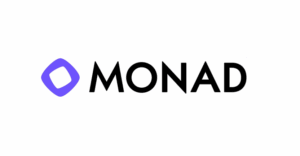Hyperledger is a flagship project of the Linux Foundation, which was launched in December 2015. The project aims to foster open source innovation in the blockchain space. Hyperledger's goal is to facilitate the collaborative development of blockchain-based distributed ledger technologies (DLT). Major contributors to Hyperledger include IBM and Intel, as well as companies such as Fujitsu, Oracle, SAP, VMware, Cisco, and Samsung.
Hyperledger incubates and promotes a variety of business blockchain technologies, frameworks, libraries, interfaces, and applications. It doesn't endorse any particular blockchain or codebase. Instead, its goal is to support and guide the global developer community in exploring the true potential of blockchain technology through the open exchange of ideas and collaborative implementation of practical blockchain solutions.
Hyperledger features and applications:
Hyperledger is modular and serves different purposes. The project includes various blockchain frameworks, including Hyperledger Fabric, Hyperledger Sawtooth, and Hyperledger Indy. Hyperledger is being used in various industries such as finance, supply chain, healthcare, and government. Notable companies such as IBM, Intel, Microsoft, and SAP are already using Hyperledger.
Details on the blockchain frameworks:
- Hyperledger Fabric
Hyperledger Fabric is a private (permissioned) blockchain framework for blockchain product software and applications. The framework provides a modular architecture that defines roles between nodes, smart contract execution, and configurable consensus services. - Hyperledger Sawtooth
This private blockchain framework is used where a high level of transparency is required. The framework offers a flexible architecture that supports various consensus protocols. - Hyperledger Indy
Used for the development of decentralized identities (DIDs), which are digital identities controlled by the users themselves. The framework provides a set of APIs that facilitate the development of applications for managing DIDs.









